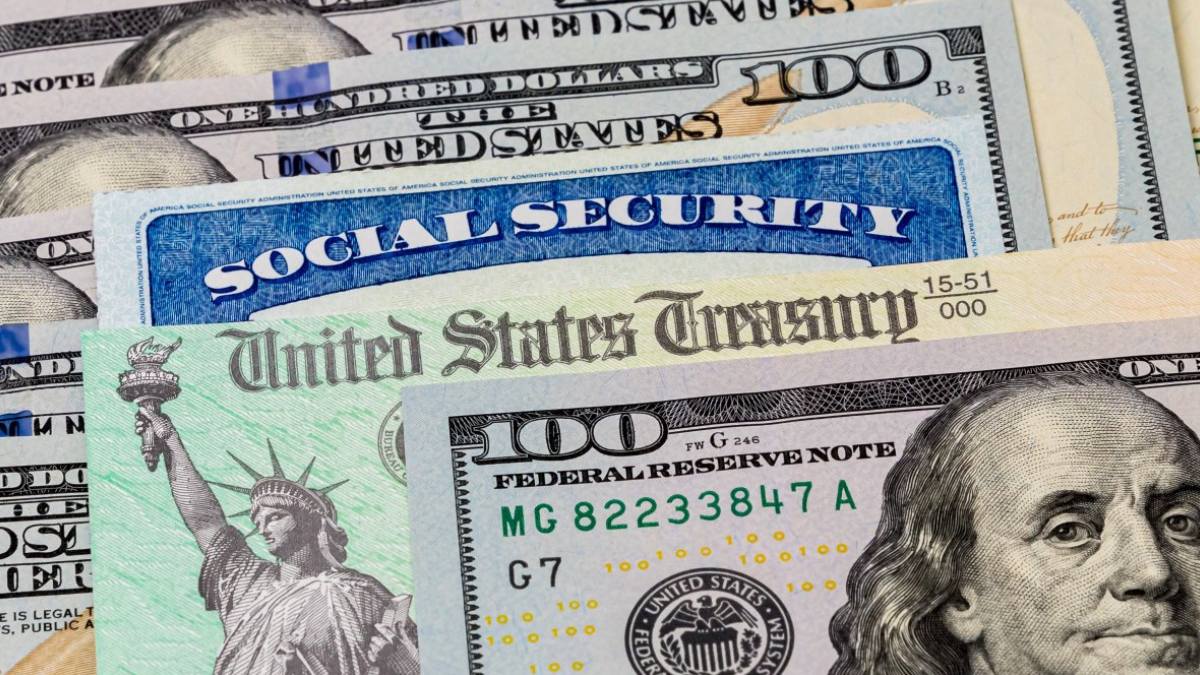Social Security payments were made regularly in March 2025 without delays or problems, so the nearly 70 million beneficiaries who receive retirement, SSI, SSDI, or survivors payments from all of these programs managed by the Social Security Administration (SSA).
Many receive their payments electronically, through bank deposit, which is automatic and almost in real time. If you have this type of payment as the one chosen to receive your benefits, you will see the money appear in your account on the date that is noted on the SSA calendar. However, if you receive your payments via paper checks, you may have to make an unavoidable change very soon… or you could have difficulties receiving the money.
Goodbye to paper (mostly) for Social Security benefits
On March 25, 2025, Donald Trump signed an executive order that basically says: “Paper checks, see you never.” Starting September 30 of that same year, the government will stop sending physical checks for all types of federal payments. This includes, yes, Social Security benefits, tax refunds, payments to suppliers and more. The idea is that everything is handled electronically: direct deposit, prepaid cards or digital methods.
According to the White House, checks are expensive, slow and more prone to fraud. In fact, in 2024, maintaining the check system cost more than $657 million. Currently, about 456,000 Social Security beneficiaries (0.7% of the total) continue to receive their payments by mail. If you are one of them, don’t panic.
The order has clear exceptions: If you don’t have access to banking services, are in an emergency, or electronic payment would cause serious problems for you, the Secretary of the Treasury can authorize you to continue with checks. Of course, you will have to prove that you meet the requirements. If you are in a remote town without internet, or you are older and have a hard time adapting to technology, this exception is for you.
Seniors could face problems collecting their Social Security payments
The White House insists this is good for everyone: less expenses, fewer delays, and less risk of having your check stolen. They say physical checks are 16 times more problematic than electronic transfers. And it makes sense: A direct deposit arrives in seconds, while a check can get lost in the mail, get wet in the rain, or end up in the wrong hands. In addition, the government will save millions on paper, ink, and shipping. But… (there is always a but) not everything is rosy.
Some people, especially older adults or people in rural areas, may have trouble adjusting. That is where the exceptions come in, but the process will not be automatic: they will have to be requested.
Do you receive Social Security in a paper check? You must do this immediately
The first thing is that you should not ignore the letters or emails that you receive from Social Security or the Treasury. If you are still receiving checks, you will be contacted soon to help you make the transition. Then, if you think you need an exception, be prepared to prove it. You will need documentation to prove your situation (for example, living in an area without banks or a stable internet connection).
Then, if you’re going digital, choose the method that works best for you. Direct deposit is most common, but there are also government-issued prepaid cards. Do your research before deciding which one best suits your requirements and lifestyle.
April Social Security payments: payment dates for the entire month
April 3, 2025 Payment: This day is reserved for those who began receiving Social Security benefits before May 1997. If that is your case, your payment will arrive on Thursday, April 3, as long as there are no administrative delays.
Second Wednesday: April 9, 2025: This includes beneficiaries who were born between the 1st and 10th of any month and who began receiving payments after April 1997. In April 2025, the second Wednesday falls on the 9th, so mark that date on your calendar if you meet these criteria.
Third Wednesday: April 16, 2025 (but with adjustment): This day corresponds to those born between the 11th and 20th of the month. However, there is an important detail: April 16, 2025 is Emancipation Day in Washington D.C., a local holiday that closes federal offices. Therefore, the payment scheduled for that Wednesday will be brought forward to Tuesday, April 15.
Fourth Wednesday: April 23, 2025: Finally, beneficiaries with birthdays between the 21st and 31st of the month will receive their payment on the fourth Wednesday, which in April 2025 is the 23.




